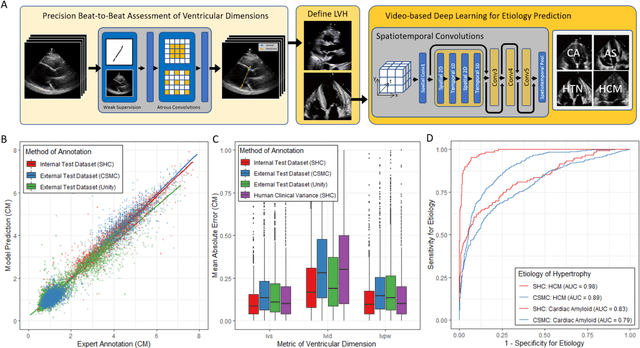Jignesh Patel
Enhancing Vehicle Aerodynamics with Deep Reinforcement Learning in Voxelised Models
May 19, 2024Abstract:Aerodynamic design optimisation plays a crucial role in improving the performance and efficiency of automotive vehicles. This paper presents a novel approach for aerodynamic optimisation in car design using deep reinforcement learning (DRL). Traditional optimisation methods often face challenges in handling the complexity of the design space and capturing non-linear relationships between design parameters and aerodynamic performance metrics. This study addresses these challenges by employing DRL to learn optimal aerodynamic design strategies in a voxelised model representation. The proposed approach utilises voxelised models to discretise the vehicle geometry into a grid of voxels, allowing for a detailed representation of the aerodynamic flow field. The Proximal Policy Optimisation (PPO) algorithm is then employed to train a DRL agent to optimise the design parameters of the vehicle with respect to drag force, kinetic energy, and voxel collision count. Experimental results demonstrate the effectiveness and efficiency of the proposed approach in achieving significant results in aerodynamic performance. The findings highlight the potential of DRL techniques for addressing complex aerodynamic design optimisation problems in automotive engineering, with implications for improving vehicle performance, fuel efficiency, and environmental sustainability.
High-Throughput Precision Phenotyping of Left Ventricular Hypertrophy with Cardiovascular Deep Learning
Jun 23, 2021


Abstract:Left ventricular hypertrophy (LVH) results from chronic remodeling caused by a broad range of systemic and cardiovascular disease including hypertension, aortic stenosis, hypertrophic cardiomyopathy, and cardiac amyloidosis. Early detection and characterization of LVH can significantly impact patient care but is limited by under-recognition of hypertrophy, measurement error and variability, and difficulty differentiating etiologies of LVH. To overcome this challenge, we present EchoNet-LVH - a deep learning workflow that automatically quantifies ventricular hypertrophy with precision equal to human experts and predicts etiology of LVH. Trained on 28,201 echocardiogram videos, our model accurately measures intraventricular wall thickness (mean absolute error [MAE] 1.4mm, 95% CI 1.2-1.5mm), left ventricular diameter (MAE 2.4mm, 95% CI 2.2-2.6mm), and posterior wall thickness (MAE 1.2mm, 95% CI 1.1-1.3mm) and classifies cardiac amyloidosis (area under the curve of 0.83) and hypertrophic cardiomyopathy (AUC 0.98) from other etiologies of LVH. In external datasets from independent domestic and international healthcare systems, EchoNet-LVH accurately quantified ventricular parameters (R2 of 0.96 and 0.90 respectively) and detected cardiac amyloidosis (AUC 0.79) and hypertrophic cardiomyopathy (AUC 0.89) on the domestic external validation site. Leveraging measurements across multiple heart beats, our model can more accurately identify subtle changes in LV geometry and its causal etiologies. Compared to human experts, EchoNet-LVH is fully automated, allowing for reproducible, precise measurements, and lays the foundation for precision diagnosis of cardiac hypertrophy. As a resource to promote further innovation, we also make publicly available a large dataset of 23,212 annotated echocardiogram videos.
 Add to Chrome
Add to Chrome Add to Firefox
Add to Firefox Add to Edge
Add to Edge